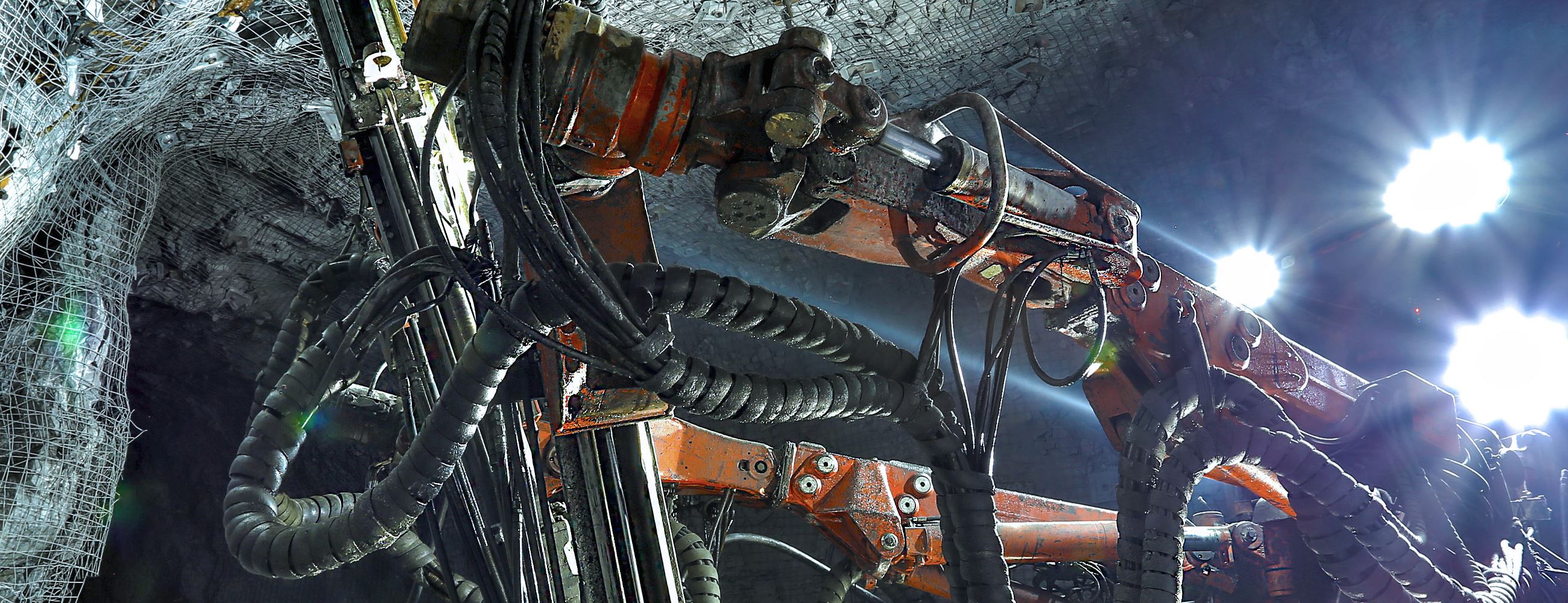Extracts:
Vibration and shock resistance
The ability to withstand dynamic stress exerted by vibration, drop, and impact is a key requirement for rugged interconnect solutions. These components must be able to perform, despite rough handling, transportation, and fluctuating conditions in the field.
Extremely rugged connectivity solutions are tested in compliance with the MIL-STD-202-214 Random Vibration testing standard (Military Standard 202, Method 214 and Condition I), which determines the ability of component parts to withstand the dynamic stress exerted by random vibration applied between upper and lower frequency limits to simulate the vibration experienced in various service field environments. […]
Extreme temperature resistance
High-end solutions may be tested for compliance with the U.S. Military Standard 810, Methods 501.6 (high temperature) and 502.6 (low temperature). This standard emphasizes tailoring an equipment’s environmental design and test limits to the conditions it will experience throughout its service life and establishing chamber test methods that replicate the effects of environments on the equipment rather than imitating the environments themselves. Although prepared specifically for military applications, the standard is often used for commercial products as well. […]
Corrosion and chemical resistance
Choosing the right materials and coating can protect connections against galvanic corrosion mechanisms – pitting, intergranular, or crevice. The most common coating on metallic parts is nickel chromium or thin gold-based layers applied with a galvanic or sputtering deposition process. […]
Products are tested in compliance with standards such as IEC 60068-2-11 Test Ka, MIL-STD-202 Method 101, and EIA-364-26. Testing includes long-standing exposure to a 5% salt solution at a temperature of 35°C to ensure that there is no impact on mechanical or electrical functionalities.
Chemical-proof connectivity is demanded in hospital, dentistry, and laboratory settings, as well as in food and pharmaceutical processing, devices and equipment must be regularly cleaned, disinfected, and sterilized. […] It is also required for defense & security, and oil, gas, and petrochemical application, such as downhole monitoring applications, seismic evaluation and drilling instruments, and geophysical and infrastructure maintenance devices that must resist chemicals such as aliphatic hydrocarbons, oils or fuels, greases, dilute acids and bases, detergents, and most aqueous salt solutions.
Radiation resistance
High radiation resistance is required for tasks in nuclear or contaminated environments such as handling heavy radioactive loads, performing inspections, and repairing equipment. These tasks are sometimes performed remotely with robots due to inaccessibility or the danger of radiation exposure. Radiation-resistant connectors and cables are also required when healthcare professionals sterilize medical devices and equipment using gamma irradiation (typically Cobalt 60).
In hospital settings, there has been an increase in medical devices and instruments made of materials, such as plastics, that require low-temperature sterilization. Some single or two-piece shell disposable connectors with housing in ABS plastic withstand sterilization with both gamma irradiation per ISO 11137-2 and EtO per ISO 11135.
[…]

